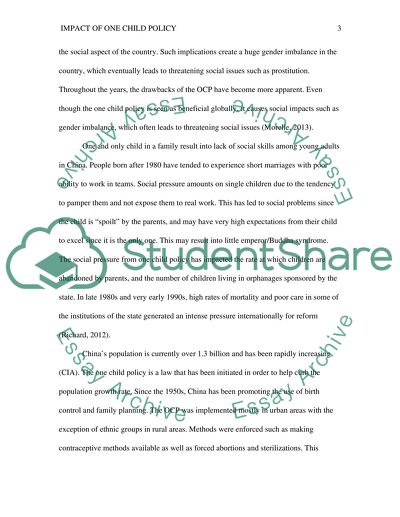Cite this document
(“One Child Policy Social Impacts: Gender Imbalance Research Paper”, n.d.)
One Child Policy Social Impacts: Gender Imbalance Research Paper. Retrieved from https://studentshare.org/journalism-communication/1469649-one-child-policy-social-impacts-gender-imbalance
One Child Policy Social Impacts: Gender Imbalance Research Paper. Retrieved from https://studentshare.org/journalism-communication/1469649-one-child-policy-social-impacts-gender-imbalance
(One Child Policy Social Impacts: Gender Imbalance Research Paper)
One Child Policy Social Impacts: Gender Imbalance Research Paper. https://studentshare.org/journalism-communication/1469649-one-child-policy-social-impacts-gender-imbalance.
One Child Policy Social Impacts: Gender Imbalance Research Paper. https://studentshare.org/journalism-communication/1469649-one-child-policy-social-impacts-gender-imbalance.
“One Child Policy Social Impacts: Gender Imbalance Research Paper”, n.d. https://studentshare.org/journalism-communication/1469649-one-child-policy-social-impacts-gender-imbalance.


